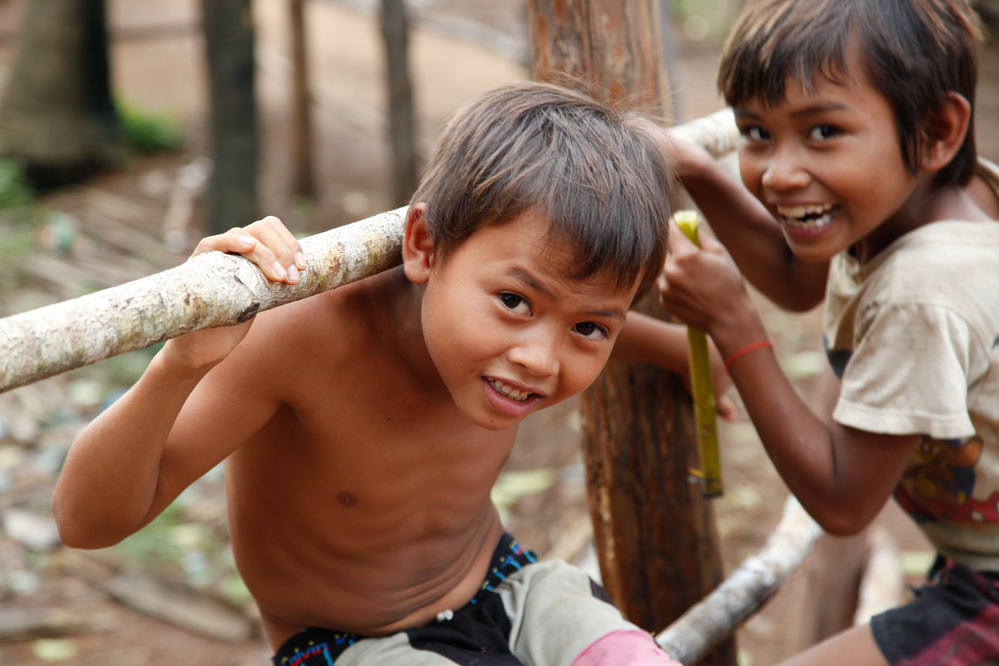5 Reasons to Give a Hoot About Pneumonia
|

As we mark the sixth annual World Pneumonia Day this month, you might be wondering why you should continue to care. You may have heard that pneumonia vaccines have been rolling out all over the world, even to many of the world's poorest countries. You may think that, with existing interventions, we've got the pneumonia problem nearly solved. Or maybe you're one of those people on the other side of the spectrum that thinks the problem is just too big to solve. Whichever side you're on, I'm here to encourage you to view World Pneumonia Day as an opportunity to check back in.
Although we are leaps and bounds further than we were six years ago at the first World Pneumonia Day, it's too soon to breathe a sigh of relief. We must continue to spread the word about this devastating disease, invest in solutions, and advocate for progress to have a chance at winning. For a little more convincing, here are five reasons why we've got to remain vigilant in the fight against pneumonia.
5. We have effective tools to prevent and treat pneumonia that are saving lives, putting success in sight.
Global health efforts to date have succeeded in reducing the number of annual child pneumonia deaths worldwide by roughly 1.3 million since 1990—nearly a 60 percent reduction. Although the decline has been slower than other diseases, countries like China, India, Iran, Bangladesh, Mozambique, and Indonesia have all experienced dramatic declines in child pneumonia mortality, giving us reason to be optimistic for eventual success on a global scale.
4. An integrated approach that simultaneously fights pneumonia and other childhood illnesses, like diarrhea, will maximize lives saved.
The Global Action Plan for the Prevention and Control of Pneumonia and Diarrhea provides a strategic roadmap for combining care for diarrhea and pneumonia, two diseases that together account for roughly 25 percent of all child deaths globally. Addressing both of these diseases by leveraging common and complementary interventions like proper nutrition, vaccinations, antibiotics, hand-washing with soap, low-emission cookstoves, oxygen treatments, and exclusive breastfeeding for newborns could result in drastic reductions in child mortality. Ensuring continued momentum for this strategy will be the key to success.
3. Current investment is inadequate to tackle a health problem of this magnitude, needing further attention.
New vaccine, treatment, diagnostic, and equipment innovations need to advance if we are to get to the finish line against pneumonia. Integrating child health services that can diagnose, care, prevent, and treat pneumonia is also critical to speeding up progress. These needed innovations and services, however, require investment, which is critically lacking according to a new report by the Institute for Health Metrics and Evaluation showing that pneumonia receives a very small portion of overall global health financing. To accelerate progress, the global health community must continue to call on donors to commit funds that support new tools and proven solutions.
2. Existing tools to prevent and treat pneumonia are not readily accessible for all, especially in the poorest and remotest regions of the world.
Pneumonia affects children and families everywhere but almost all child deaths from pneumonia occur in poor or rural communities, often due to lack of access to adequate health care resources. To close this access gap, further investment is needed to bring prevention and treatment services to these communities and to integrate quality care for pneumonia and other childhood illnesses in community and health facilities.
1. Despite progress, pneumonia still kills more children under the age of five than any other disease worldwide.
If you care about anything, care about this. Pneumonia continues to kill nearly one million children under the age of five each year. That translates to a child dying somewhere in the world every 35 seconds. Combined with diarrheal childhood deaths, that's nearly a third of child deaths worldwide. Continued work is needed to raise awareness about this massive disease burden and to encourage action. Spreading the word is easy and effective. Guaranteed you won't be wasting your breath.
Check out the World Pneumonia Day and DefeatDD websites for ideas about how you can help.
-- By Lauren Newhouse, communications officer for PATH's pneumococcal vaccine development project
For more information:
-- Use these social media tools to help spread the word about the GAPPD.
-- Combining forces against pneumonia and diarrhea in Cambodia.
-- INFOGRAPHIC: Tackling the deadliest diseases for the world's poorest children.
Photo credit: PATH/Heng Chivoan.














